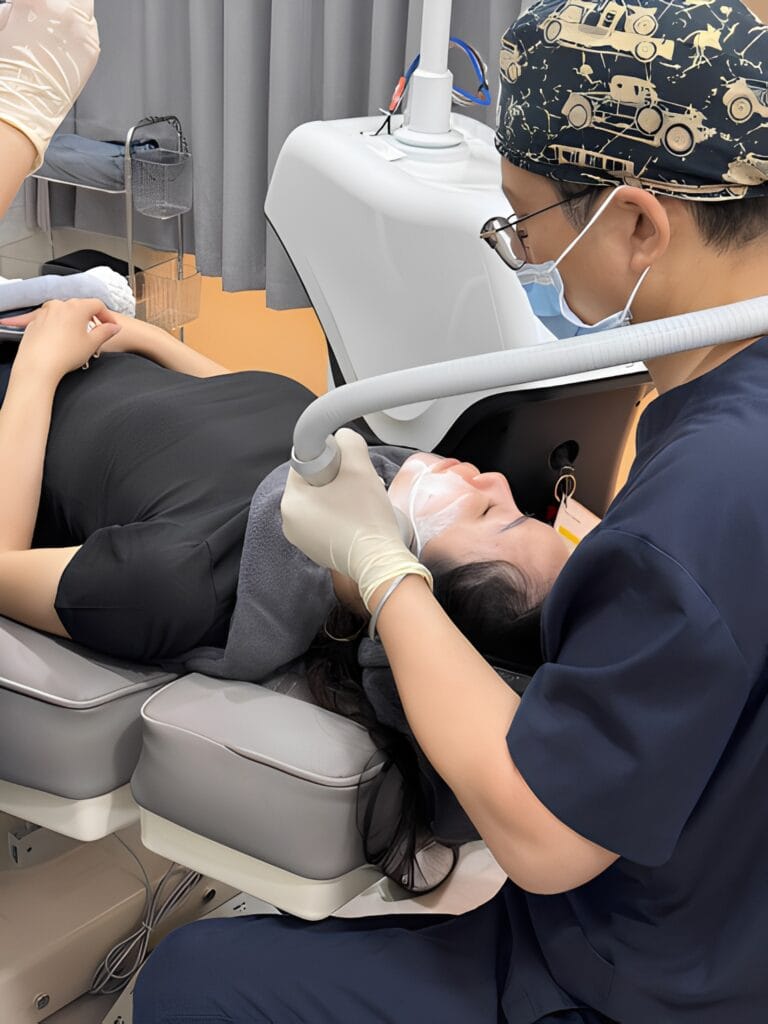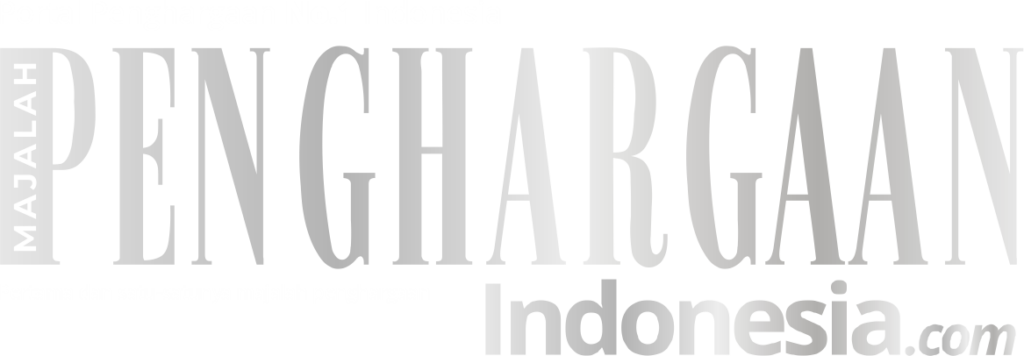The European Union has made a significant move that could potentially bolster Tesla’s presence in the European market by reducing tariffs on its vehicles manufactured in China. This decision, which has captured widespread attention, contrasts sharply with the higher tariffs imposed on other electric vehicle (EV) makers from China, underscoring a nuanced approach by the EU.
This development follows the EU’s recent decision to increase tariffs on all electric vehicles imported from China. The move was justified by concerns over what the EU described as “unfair” state subsidies that allegedly provided Chinese EV manufacturers with an undue competitive advantage over their European counterparts.
Tesla, which operates a manufacturing facility in Berlin while also exporting a considerable number of vehicles produced in its Shanghai factory to Europe, had appealed to the EU for a reconsideration of its tariff rate. Originally, Tesla faced a tariff of 20.8%, a figure that could have significantly impacted its competitive standing in the European market.
In a decisive turn on Tuesday, the European Commission, which serves as the executive arm of the EU, announced a revised tariff rate of 9% for Tesla. This adjustment is notable, particularly when compared to the broader context: while all EV imports into the EU are subject to a standard 10% duty, Tesla’s new rate is markedly lower than the additional tariffs imposed on other Chinese automakers, which range from 17% to 36.3%.
The European Commission justified the reduced tariff by pointing to the “level of subsidies” Tesla had received in China. The Commission clarified that its assessment was based on a thorough verification process, including an on-site investigation in China, and was consistent with the evaluations conducted for other Chinese exporting manufacturers. Despite this explanation, Tesla has yet to publicly comment on the Commission’s decision.
Gregor Sebastian, a senior analyst at the Rhodium Group, expressed surprise at the relatively low tariff rate assigned to Tesla. He highlighted several factors that might have influenced the Commission’s decision, including local government loans extended to Tesla in Shanghai and the supply of subsidized batteries from Chinese battery giant CATL. However, Sebastian also noted that without full transparency regarding the Commission’s methodology and the specific inputs used in their calculation, forming a definitive conclusion remains challenging.
While the adjusted tariff is not entirely favorable for Tesla, it does offer the automaker some competitive breathing room, particularly against major rivals like SAIC. The state-owned Chinese automaker, which owns the iconic MG brand, faces a steep additional tariff of 36.3%, a penalty reserved for companies deemed “non-cooperative” by the Commission. In comparison, Geely, another major Chinese automaker that owns Volvo, is subject to a 19.3% additional tariff, while BYD, which is in direct competition with Tesla for the title of the world’s largest EV seller, faces an extra 17% duty.
These revised duties are slightly lower than those initially proposed in June, following a more detailed investigation and feedback from the automakers involved. Notably, Chinese companies engaged in joint ventures with European automakers might also benefit from lower tariffs, set at 21.3%, rather than being subjected to the highest rate of 36.3%.
In response to the EU’s ruling, China’s Commerce Ministry expressed strong opposition and deep concern. The ministry criticized the findings of the EU’s investigation as “distorted” and vowed to protect the legitimate rights and interests of Chinese companies vigorously.
The impact of these tariffs on Tesla and its competitors is already being felt. After the initial implementation of the EU tariffs in July, Tesla increased the price of its Model 3 in Europe by approximately 4%, translating to a price hike of €1,500 ($1,666), bringing the new price to €42,490 ($42,177). Despite this increase, the Model 3 remains more affordable than the BYD Seal, as noted by George Whitcombe, an automotive research analyst at Rho Motion. Whitcombe suggests that with the reduction in Tesla’s additional tariff, the Model 3 is likely to maintain its competitive edge against other Chinese-made EVs in Europe.
On the other hand, BYD has not yet adjusted its prices in Europe, despite the imposition of a significant additional tariff. According to Sebastian of the Rhodium Group, BYD is in a stronger position to absorb these additional costs due to its lower production costs compared to its pricing in Europe. Sebastian estimates that BYD could potentially absorb an EU tariff increase of up to 45%.
BYD might also strategically pivot by increasing exports of plug-in hybrid electric vehicles, a segment Tesla does not compete in, as the current tariffs apply solely to battery EVs. Furthermore, BYD could explore manufacturing vehicles in Turkey to bypass the tariffs entirely, as imports from Turkey to the EU are not subject to these duties.
Despite the challenges posed by higher tariffs, Chinese EV manufacturers are unlikely to retreat from the European market. Europe remains a crucial market for them, accounting for over a third of their exports last year, surpassing the combined exports to the next five largest markets. Chinese automakers enjoy substantial profit margins on their European sales, as highlighted by Whitcombe, reinforcing their commitment to maintaining a strong presence in the region.
This unfolding scenario underscores the complexity of international trade relations in the rapidly evolving EV market, with Tesla and its Chinese rivals navigating a landscape shaped by tariffs, subsidies, and strategic manufacturing decisions.









